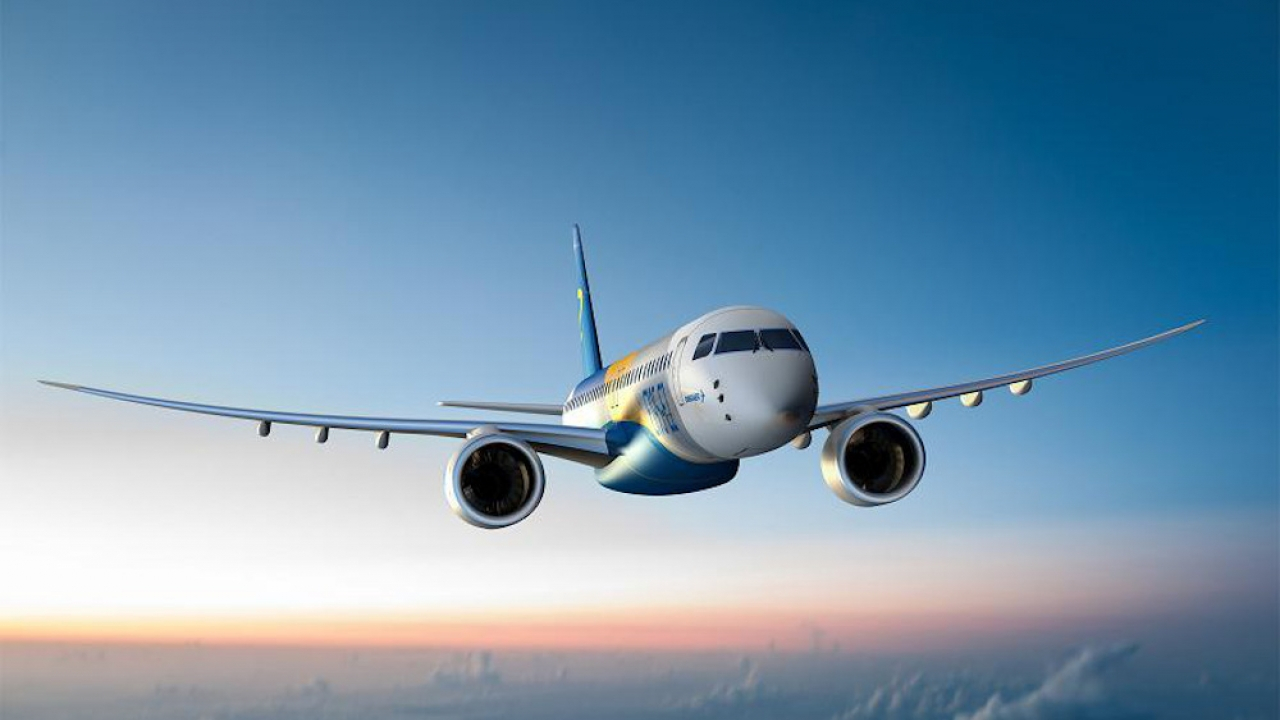Emissions controversy rages as airlines miss the boat

The European Commission’s Emissions Trading System (ETS) is likely to become increasingly controversial, as some operators have effectively ‘missed the boat’.
While most larger airlines have it all in hand, many smaller operators, both inside and outside the EU, have no monitoring plans in place, which they need to be running through the 2010 ‘benchmarking year’ in order to get a share of the free allowances for 2011-2020.
Meanwhile, there is confusion over verification – third-party verifiers are required to ensure that the figures produced by operators are accurate but verifiers say that although monitoring plans are approved by the EC, the wide variety of approaches has meant this means little. There is little aviation expertise among ETS personnel at the EC, which has failed to stress that verification groundwork should effectively have started on January 1 this year – to ensure that monitoring schemes are collecting and processing the data correctly.
Addressing mistakes after the monitoring year will be extremely difficult – while for those who haven’t even started to monitor, much of the level of data required could be extremely expensive to pull together at a later date.
Many operators have decided to forgo their free allowances, however, as they do not believe (or have been advised) that the costs will outweigh the value of anything they can receive back.
What has to be considered, however, is that the level of free allowances established through monitoring in the 2010 benchmarking year will be set until 2020, so the cost of missing the boat could be far greater. As the industry is likely to be in an upswing of renewed growth from 2011, any excess will have to be paid for by purchasing emissions credits from other airlines or other industries – and nobody knows whether the cost of carbon will increase significantly or not.
Air transport IT specialist SITA is gaining useful insight into the Middle East region after it signed a deal with the Arab Air Carriers Organization for its Aircraft Emissions Manager tool to be used by AACO airlines – with around 11 AACO member airlines also utilising SITA’s advisory service. (See story Page 104)
Frederic Felise, SITA environment programme director, says that AACA “was more proactive that other associations, which spent most of their time fighting against the scheme.” He adds that there are “big differences between these airlines and other carriers”, many of which have woken up late in the day.
“The clock is ticking and there is no grace period – we are already three months in,” he said. Seventy per cent of SITA client operators were ready by January 1 2010 – and it only reached 100 per cent in mid-March. “The data had been collected anyway so we’re safe and it can now be 100 per cent processed,” he said. “But we are worried about airlines that are contacting us now. Airlines have underestimated the requirements – and often lack a single point of contact to manage EU ETS work.”
Felise added: “We have discovered recently that operators are worried they’ve missed the boat and that they won’t get their fare share of the carbon cake, which will be distributed by the EC.”
The truth is that carriers may miss out for the next nine years, which also favours those that are in the scheme – as they will get a greater share of the allowances (a total based on estimated on 2004-6 average annual emissions). “I can see some battles coming because of the EU implementing rules and how they are being executed,” warned Felise.
Felise also believes that there is a danger that the entire scheme will be contested – there are already signs that more smaller operators may be ruled out because the EC has realised the administrative burden is huge, and US carriers have already mounted a legal challenge under the Chicago Convention.
So what is the cost?
“We ran a predictive model for some airlines to cost it out,” said Felise. “Even for one very small airline – doing 13 flights a day to Europe – it would cost them €2 million, which is small compared to their fuel costs, but still significant. Then, through 2013, it becomes far more expensive – for this airline by 2020 it is €8 million for the year. So if they’d missed the boat it would have been very expensive for them.”
To get special extra allowances as a ‘fast grower’ airlines need growth of 18 per cent per annum – but it is still not clear if that means overall growth or growth on specific routes (e.g. the ones into Europe).
David Parsons, business development manager at c:sense – part of GASTEC at CRE, a consultancy based at the former UK Coal Research Establishment in Cheltenham, UK – said: “Benchmarking t-km data is not worth doing for many but it’s the only chance they’ll get to join. Then it’s like musical chairs – the chairs will be removed year-on-year as allowances are reduced.”
Parsons stressed the need to prepare early, not after the monitoring year but during it. “It is very important to have an EU ETS strategy,” he said.
Stay up to date
Subscribe to the free Times Aerospace newsletter and receive the latest content every week. We'll never share your email address.

